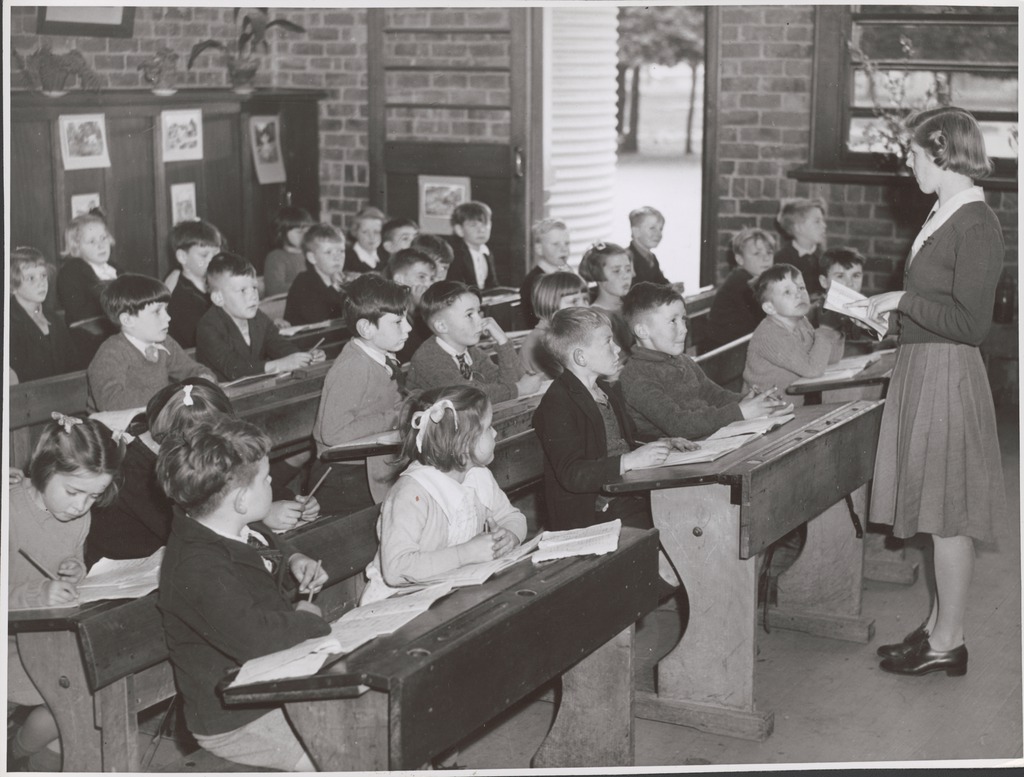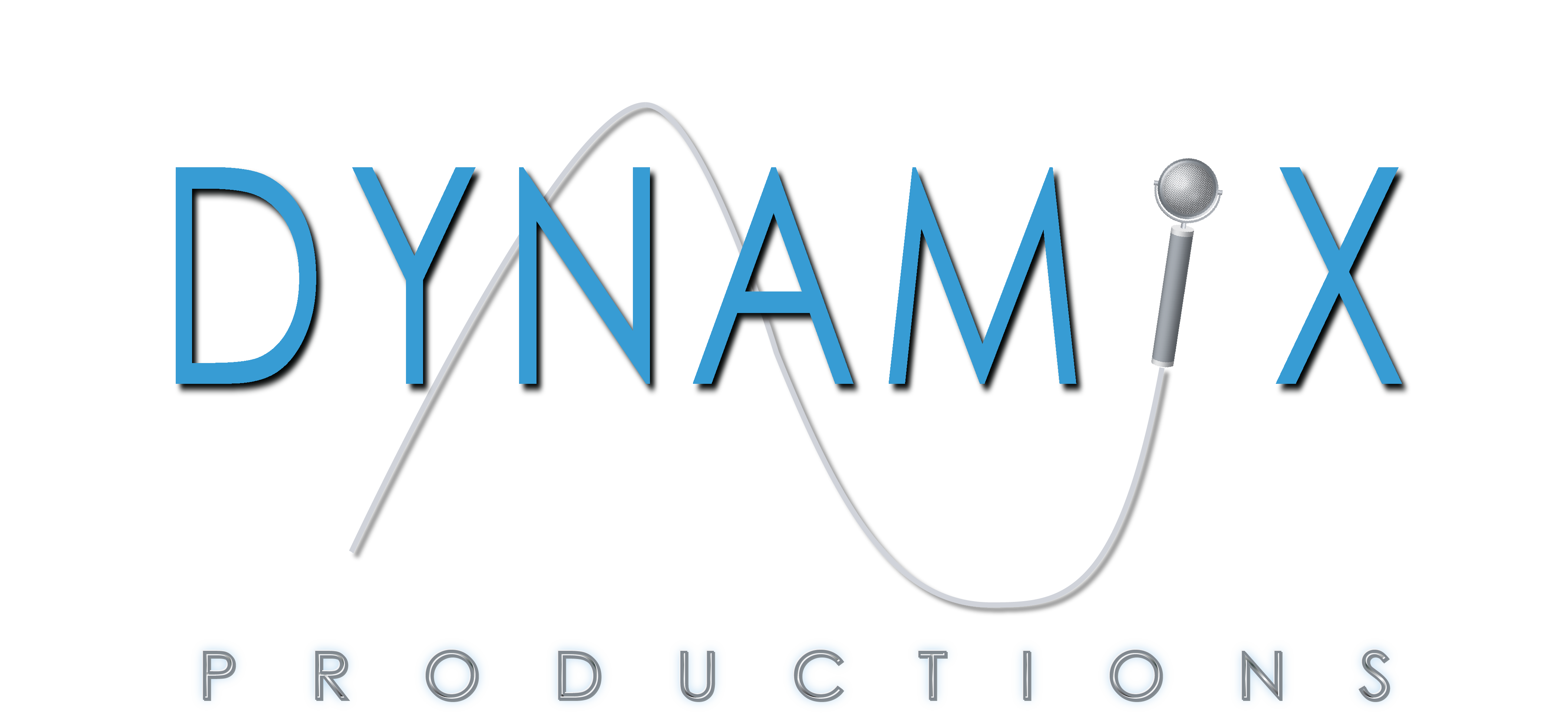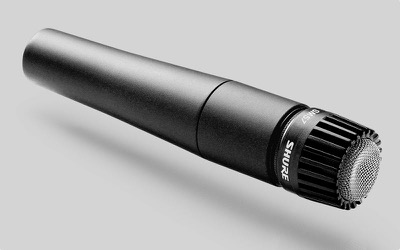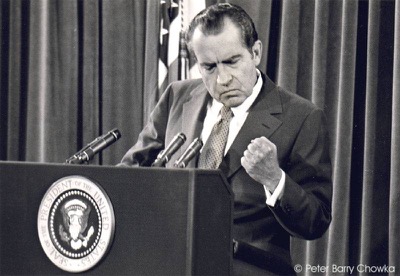

- © 2003 - 2025 Dynamix Productions, Inc. Contact Us 0



"Well-timed silence hath more eloquence than speech."
Martin Farquhar Tupper
A new president takes office this month, and he has a lot to say. In fact, they all have had a lot to say over the last 230 years. From their inauguration speeches, to press conferences in the rose garden, to State of the Union addresses to Congress, the president must be heard. But for the first century of our nation's existence, a very select few ever heard their president speak.
The first president to have his voice recorded was Rutherford B. Hayes by Thomas Edison himself in 1877. Sadly that recording has been lost to time. But the oldest surviving recording of any president is of Benjamin Harrison, etched in 1889 onto a wax cylinder (LISTEN HERE). It's a short recording – a little bit longer than a political ad – but an important part of history. Harrison delivers it with much pomp and circumstance, perhaps foreseeing his vocal cords' place in history. In order for the wax cylinder recorder to capture his voice clearly, POTUS would have had to stand in front of a large bell that was attached to the device and talk VERY LOUDLY, something he was probably familiar with after giving campaign speeches to throngs of people. Except this time there was no crowd, only a big empty metal funnel. Poor Ben, he must have felt like he was yelling down into a sewer pipe.
Another president that we have an early recording of is William McKinley, who can be heard giving a campaign speech from his front porch in 1896. He has a tinge of Mid-Atlantic accent, and curiously rolls his Rs, as if that will impress enough undecided voters to take the plunge. A sound of a crowd reacting, whether authentic or staged, adds a ghostly element to the speech. (LISTEN HERE).
Theodore Roosevelt had the Teddy Bear named after him, and his voice doesn't disappoint if that's what you see in your head. But if you picture the Rough Riding, "carry a big stick" he-man in legend and lore, you're somewhat let down when a squeaky voice with bridled emotion speaks. He kind of sounds like the Mayor of Mayberry giving a speech at a pie-baking contest. (LISTEN HERE). However, the advance in recording technology captures a pleasant room reverberation that evokes a great hall of justice or senate chamber and lends credibility to his message railing against big bosses.
By about 1910, presidents were starting to get used to recording their voice. A president that could have read audiobooks or given self-help lessons was William Howard Taft. He was a big man and had a rich and sonorous voice to match. He didn't seem to force an accent, roll his Rs, or generally oversell with his voice. (LISTEN HERE). He sounded reasonable and sincere. Woodrow Wilson sounds detached or distant in THIS SPEECH, but he would have the honor of being the first president to have his voice amplified over a public address system (to 75,000 people in San Diego). His successor, Warren G. Harding, would be the first to be broadcast on radio.
As recording technology improved, presidents got more savvy with their microphone technique. Franklin Roosevelt had a charming and reassuring voice in his regular "Fireside Chats" on the radio. FDR had adapted his voice to speak to one person (the radio listener), instead of thousands at a rally. Singers like Frank Sinatra and Bing Crosby had also adapted their singing styles to the new technology. By the early 1940s, singers were given their own microphone instead of having to compete with the whole band on just one.
And speaking of microphones, since the Lyndon Johnson administration this classic from Shure, the SM57, has been the standard for official presidential speeches. The microphone can be seen on stages all over the world, from dives off Main Street to major arenas. It's the go-to standard for miking drums, electric guitar amps, and back-up singers. It's one of the most versatile mics around. Not only on the stage, but in the studio. Madonna, John Lennon, David Bowie, Jack White...the list goes on...have recorded vocals on it. So if it's good enough for Bjork, it must be good enough for the leader of the free world. All for $100.
Why? Well, it's tough. I've used one of mine to drive nails (not really but you could). The SM57 is a dynamic microphone, meaning it doesn't need to be powered to work. It rejects ambient noise, is highly directional (good for reducing feedback on a PA system), and has good fidelity (it was originally developed to record classical music). It's sibling, the SM58, is built more for lead vocals (it has the big silver ball on top to filter out mouth pops), but is nearly identical in all other ways. But somehow the SM57 has remained the standard.
If you look at past videos and pictures of presidents giving speeches, you often see an array of more than one microphone. In this photo of Richard Nixon, you see four microphones. Although I don't know the exact configuration, there are generally two independent systems, each backing the other up in case of failure. In a two-mic system, like the one Barack Obama is using in the picture below, one mic feeds the PA system, while the other feeds the news outlets. They can be swapped or substituted in case of failure. But these mics rarely fail. Cables, mixers, amplifiers, and recorders fail more often. 
During the first 2016 debate between Hillary Clinton and Donald Trump, much was made about Trump's microphone volume. Trump argued that his microphone failed, and in a way it did. Trump had to lean down to talk into it while Clinton's was properly adjusted to her height. The television viewers heard a more even sound between the candidates, but Trump's was apparently very weak sounding to the in-house audience. Once Trump was sworn in, the famous two-microphone array was replaced with one microphone on a gooseneck stand that extended all the way to his mouth. I guess he felt he wasn't going to "not be heard" again.
Once Joe Biden takes office, my guess is that they go back to the traditional two-mic system. I certainly would, just for peace of mind. When everyone hangs on to every word an American president says, it better be heard clearly.
Michigan State University has an extensive collection of historic sounds. Check out some of the earliest recordings of our presidents here.